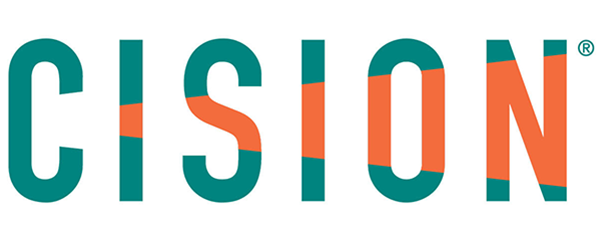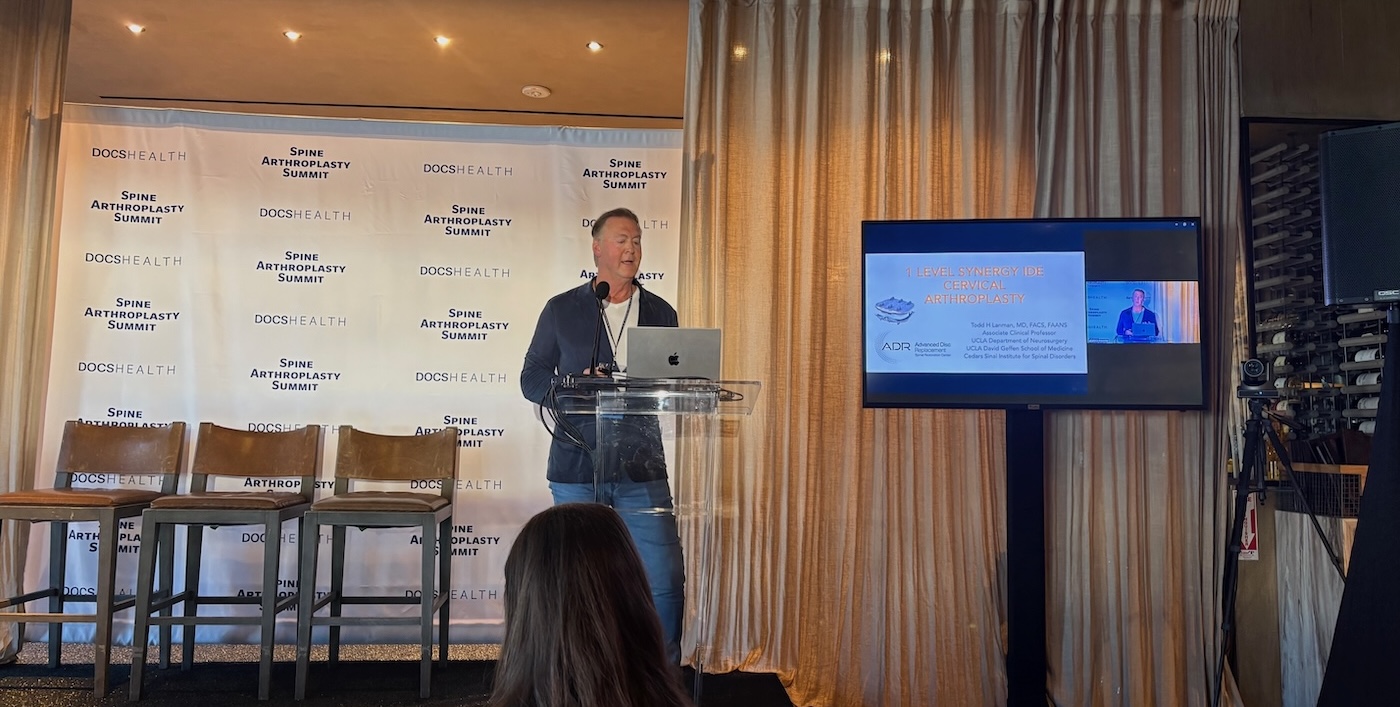
Objective: The authors assessed the 10-year clinical safety and effectiveness of cervical disc arthroplasty (CDA) to treat degenerative cervical spine disease at 2 adjacent levels compared to anterior cervical discectomy and fusion (ACDF).
Methods: A prospective, randomized, controlled, multicenter FDA-approved clinical trial was conducted comparing the low-profile titanium ceramic composite-based Prestige LP Cervical Disc (n = 209) at two levels with ACDF (n = 188). Ten-year follow-up data from a postapproval study were available on 148 CDA and 118 ACDF patients and are reported here. Clinical and radiographic evaluations were completed preoperatively, intraoperatively, and at regular postoperative follow-up intervals for up to 10 years. The primary endpoint was overall success, a composite variable that included key safety and efficacy considerations. Ten-year follow-up rates were 86.0% for CDA and 84.9% for ACDF.
Results: From 2 to 10 years, CDA demonstrated statistical superiority over ACDF for overall success, with rates at 10 years of 80.4% versus 62.2%, respectively (posterior probability of superiority [PPS] = 99.9%). Neck Disability Index (NDI) success was also superior, with rates at 10 years of 88.4% versus 76.5% (PPS = 99.5%), as was neurological success (92.6% vs 86.1%; PPS = 95.6%). Improvements from preoperative results in NDI and neck pain scores were consistently statistically superior for CDA compared to ACDF. All other study effectiveness measures were at least noninferior for CDA compared to ACDF through the 10-year follow-up period, including disc height. Mean angular ranges of motion at treated levels were maintained in the CDA group for up to 10 years. The rates of grade IV heterotopic ossification (HO) at the superior and inferior levels were 8.2% and 10.3%, respectively. The rate of severe HO (grade III or IV) did not increase significantly from 7 years (42.4%) to 10 years (39.0%). The CDA group had fewer serious (grade 3-4) implant-related or implant/surgical procedure-related adverse events (3.8% vs 8.1%; posterior mean 95% Bayesian credible interval [BCI] of the log hazard ratio [LHR] -0.92 [-1.88, -0.01]). The CDA group also had statistically fewer secondary surgical procedures at the index levels (4.7%) than the ACDF group (17.6%) (LHR [95% BCI] -1.39 [-2.15, -0.61]) as well as at adjacent levels (9.0% vs 17.9%).
Conclusions: The Prestige LP Cervical Disc, implanted at two adjacent levels, maintains improved clinical outcomes and segmental motion 10 years after surgery and is a safe and effective alternative to fusion.Clinical trial registration no.: NCT00637156 (clinicaltrials.gov).
Keywords: ACDF; ACDF = anterior cervical discectomy and fusion; AE = adverse event; BCI = Bayesian credible interval; CDA = cervical disc arthroplasty; DDD = degenerative disc disease; FSU = functional spinal unit; HO = heterotopic ossification; HPD = highest posterior density; IDE = investigational device exemption; LHR = log hazard ratio; MCS = Mental Component Summary of SF-36; NDI = Neck Disability Index; PAS = postapproval study; PCS = Physical Component Summary of SF-36; PPS = posterior probability of superiority; Prestige LP disc replacement; ROM = range of motion; TDR = total disc replacement; anterior cervical discectomy and fusion; artificial cervical disc; cTDR = cervical TDR; cervical degenerative disc disease; cervical disc arthroplasty; myelopathy; radiculopathy; two-level disc disease.
Ready to reclaim your life? Get in touch with Dr. Lanman Today.
FOLLOW US ON SOCIAL MEDIA | @ADRSPINE




